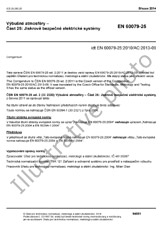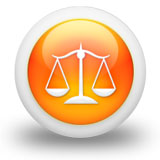We need your consent to use the individual data so that you can see information about your interests, among other things. Click "OK" to give your consent.

IEEE 21451-001-2017
IEEE Recommended Practice for Signal Treatment Applied to Smart Transducers
Translate name
STANDARD published on 20.12.2017
The information about the standard:
Designation standards: IEEE 21451-001-2017
Publication date standards: 20.12.2017
SKU: NS-805351
The number of pages: 109
Approximate weight : 358 g (0.79 lbs)
Country: International technical standard
Category: Technical standards IEEE
Annotation of standard text IEEE 21451-001-2017 :
New IEEE Standard - Active.
Signal processing algorithms and data structure are defined in this recommended practice in order to share and to infer signal and state information of an instrumentation or control system. These algorithms are based on the signal and transducers attached to the system. This recommended practice also defines a set of transducer signal treatment services based on signal treatment algorithms as application programming interface (API), which is used for applications to use or call these transducer signal treatment services.
ISBN: 978-1-5044-4054-7, 978-1-5044-4055-4
Number of Pages: 109
Product Code: STD22608, STDPD22608
Keywords: IEEE 1451™, IEEE 21451™, oversampling, segmentation, serial, signal shape analysis, smart actuator, smart filtering, smart sensor, smart transducer, time-domain signal analysis
Category: Digital Signal Processing
We recommend:
Updating of laws
Do you want to be sure about the validity of used regulations?
We offer you a solution so that you could use valid and updated legislative regulations.
Would you like to get more information? Look at this page.



 Cookies
Cookies
